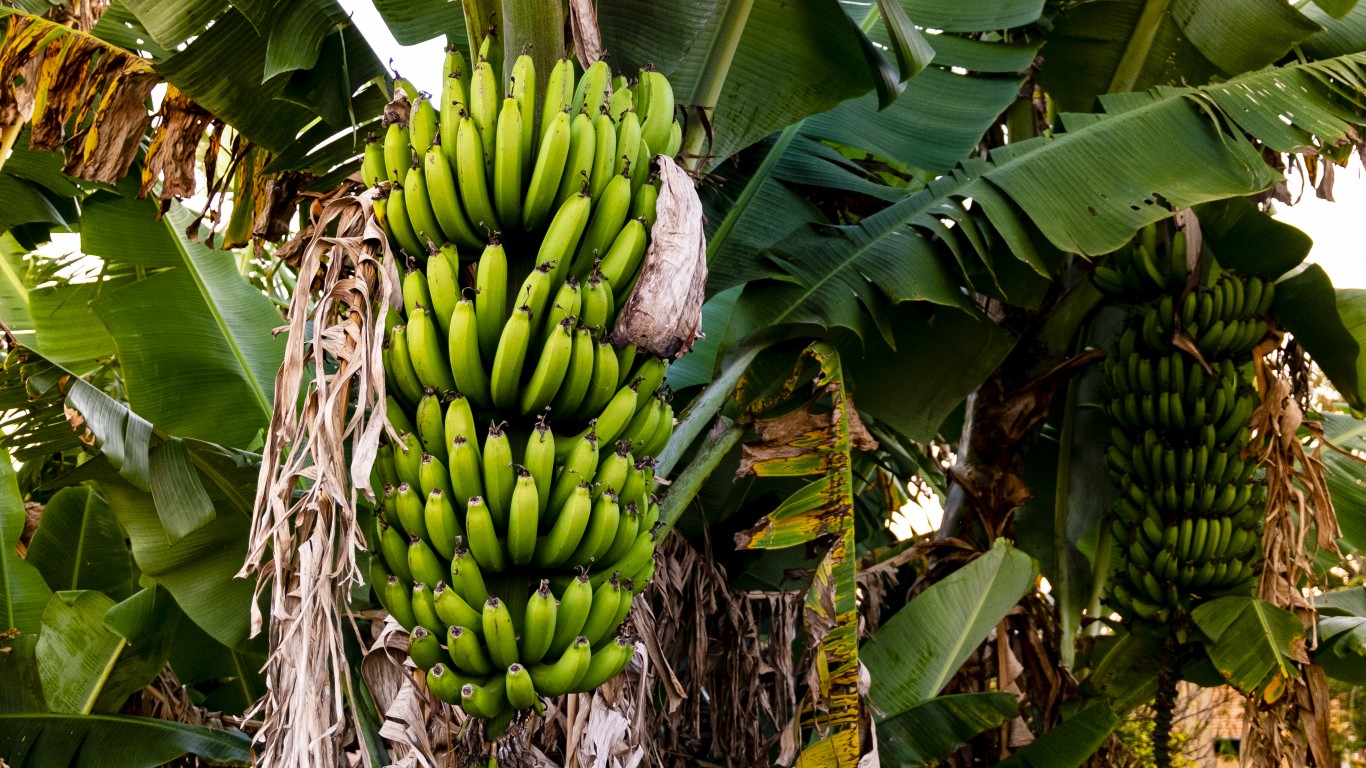
From a peak of more than $1,900 in mid-2011, gold prices dropped below $1,100 in 2015 before rising to around $1,400 last summer. On Friday, the February delivery price settled at $1,210.20, up about $100 since mid-December. The price of gold generally rises in periods of inflation and periods of economic uncertainty.
This is certainly one of the latter and may be the beginning of one of the former. The consumer price index topped 2% last week, and November’s election of Donald Trump as the 45th U.S. President has presented investors with plenty of uncertainty. A strong dollar also tends to weigh on the price of gold, and Trump has made clear his belief that the dollar is overvalued compared with the Chinese yuan. If the dollar sinks, interest in gold rises.
Where does the world’s gold supply come from? The country that produced the most gold in 2015 was China, but not a single one of the world’s top producing mines is located in China. Russia, the third-largest producing country, likewise has none of the top mines. Australia, the world’s second-largest producer of gold, has one mine among the world’s top 10, and the United States, ranked fourth, has three. Canada is the world’s fifth-largest gold producer.
In 2015 global gold production totaled 3,211 metric tons (tonnes) of the yellow metal, an all-time high. The top 10 mines produced just over 10% of the world’s total production in 2015. Here are the top 10 mines, along with their production and their country’s GDP based on 2015 purchasing power parity.
Muruntau
> Gold production (2015): 61.0 tonnes
> Country: Uzbekistan
> Country GDP (2015 estimate): $190.8 billion
> Owner: State-owned
Accurate figures are hard to come by for Muruntau, given the secretive nature of Uzbekistan’s leadership. The mine is believed to hold roughly 170 million ounces of reserves (about 4,800 tonnes), more than any other mine in the world.
Grasberg
> Gold production (2015): 42.3 tonnes
> Country: Indonesia
> Country GDP (2015 estimate): $2.89 trillion
> Owners: Freeport-McMoRan Inc. (NYSE: FCX) about 91%; Indonesian government about 9%
The Indonesian mine that is majority owned and operated by Freeport-McMoran consists of both open-pit and underground operations. The company has experienced difficult negotiations with the government and has not committed to further development of its underground operations unless the government renegotiates the contract ahead of the scheduled date of 2019.
Goldstrike
> Gold production (2015): 32.8 tonnes
> Country: United States
> Country GDP (2015 estimate): $18.27 trillion
> Owner: Barrick Gold Corp. (NYSE: ABX)
This central Nevada mine is located in the Carlin trend, the most prolific gold-producing region in the United States. The gold in the trend is nearly microscopic and was not economically viable until gold prices shot up in the 1970s. The Goldstrike mine’s proven and probable reserves totaled 8.5 million ounces at the end of 2015.
Cortez
> Gold production (2015): 31.1 tonnes
> Country: United States
> Country GDP (2015 estimate): $18.27 trillion
> Owner: Barrick
Another Carlin trend operation that produced nearly a million ounces in 2015. Proven and probable reserves totaled 11.1 million ounces at the end of 2015.
Pueblo Viejo
> Gold production (2015): 29.7 tonnes
> Country: Dominican Republic
> Country GDP (2015 estimate): $151.9 billion
> Owners: Barrick and Goldcorp Inc. (NYSE: GG)
Barrick (60%) and Goldcorp (40%) took over the mine in 2012 after the Dominican government had tried for years to work the mine. Barrick entered a streaming deal with Royal Gold Inc. (NASDAQ: RGLD) in 2015 to deliver 7.5 million ounces of the gold produced at Pueblo Viejo to Royal Gold.
Yanacocha
> Gold production (2015): 28.6 tonnes
> Country: Peru
> Country GDP (2015 estimate): $395 billion
> Owners: Newmont Mining Corp. (NYSE: NEM), Compañia de Minas Buenaventura SAA (NYSE: BVN) and International Finance, which is controlled by the World Bank.
This is the largest gold mine in Latin America, covering some 535 square miles with its five open pit mines. Unless a new deposit can extend the life of the mine, it is expected to run dry in 2019.
Carlin
> Gold production (2015): 27.6 tonnes
> Country: United States
> Country GDP (2015 estimate): $18.27 trillion
> Owner: Newmont and Barrick
The third U.S. mine on this list is also located in the Carlin trend, and the project consists of three open pits and four underground mines. The state of Nevada, and primarily the Carlin trend, account for about 75% of all U.S. gold production.
Peñasquinto
> Gold production (2015): 26.8 tonnes
> Country: Mexico
> Country GDP (2015 estimate): $2.26 trillion
> Owner: Goldcorp
This is the largest open-pit mine in Mexico and the world’s fifth largest silver mine, as well as the eighth-largest gold mine.
Lihir
> Gold production (2015): 25.0 tonnes
> Country: Papua New Guinea
> Country GDP (2015 estimate): $27.33 billion
> Owner: Newcrest (Australia)
The Lihir mine was first managed and operated by Rio Tinto before the mine was sold to Newcrest in 2010. The mine has produced more than 9 million ounces of gold since 1997.
Boddington
> Gold production (2015): 24.7 tonnes
> Country: Australia
> Country GDP (2015 estimate): $1.16 trillion
> Owner: Newmont
This is Australia’s largest gold mine, with identified reserves of 19.5 million ounces. The first gold was produced in 2009, and by 2011 the mine had produced its first million ounces.
“The Next NVIDIA” Could Change Your Life
If you missed out on NVIDIA’s historic run, your chance to see life-changing profits from AI isn’t over.
The 24/7 Wall Street Analyst who first called NVIDIA’s AI-fueled rise in 2009 just published a brand-new research report named “The Next NVIDIA.”
Click here to download your FREE copy.
Thank you for reading! Have some feedback for us?
Contact the 24/7 Wall St. editorial team.



